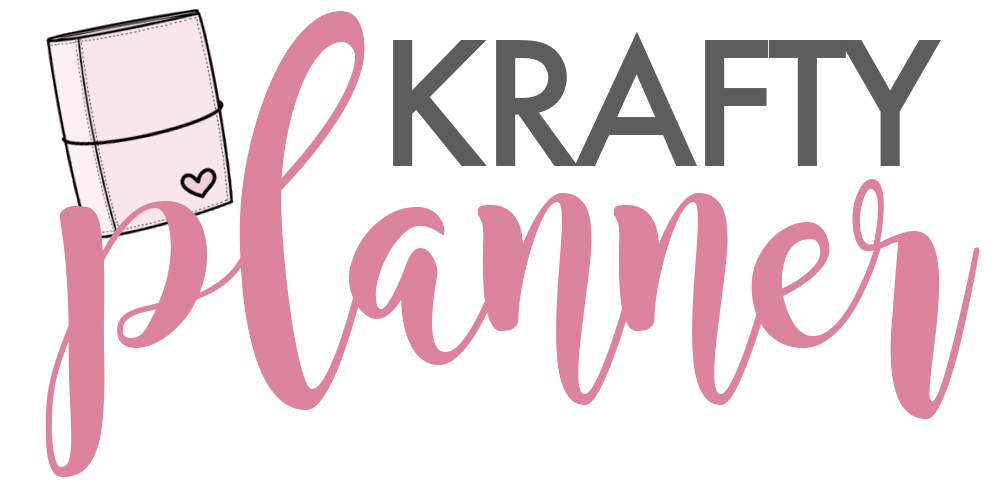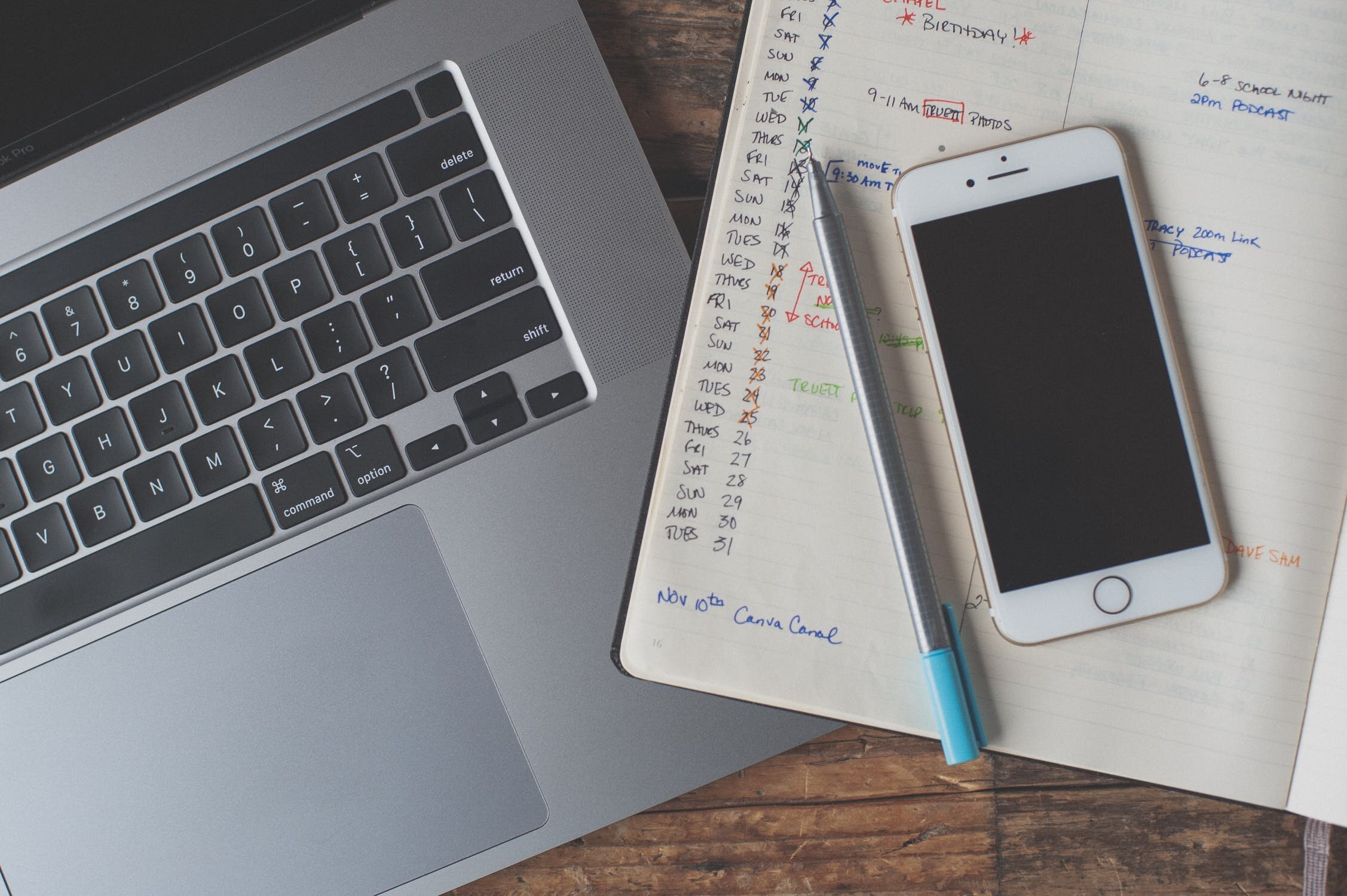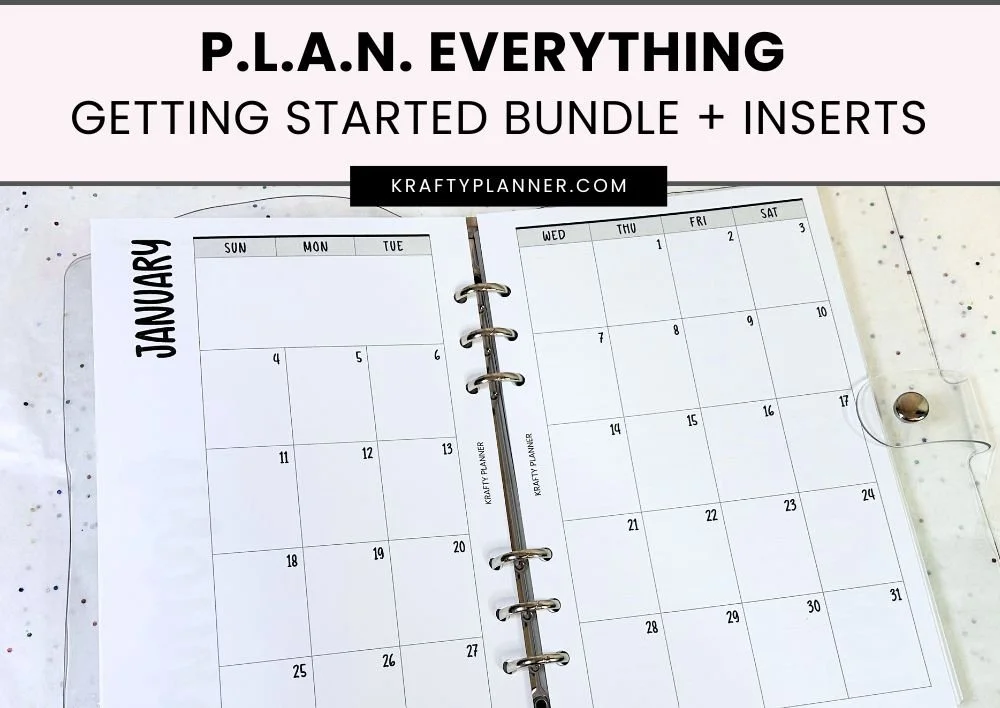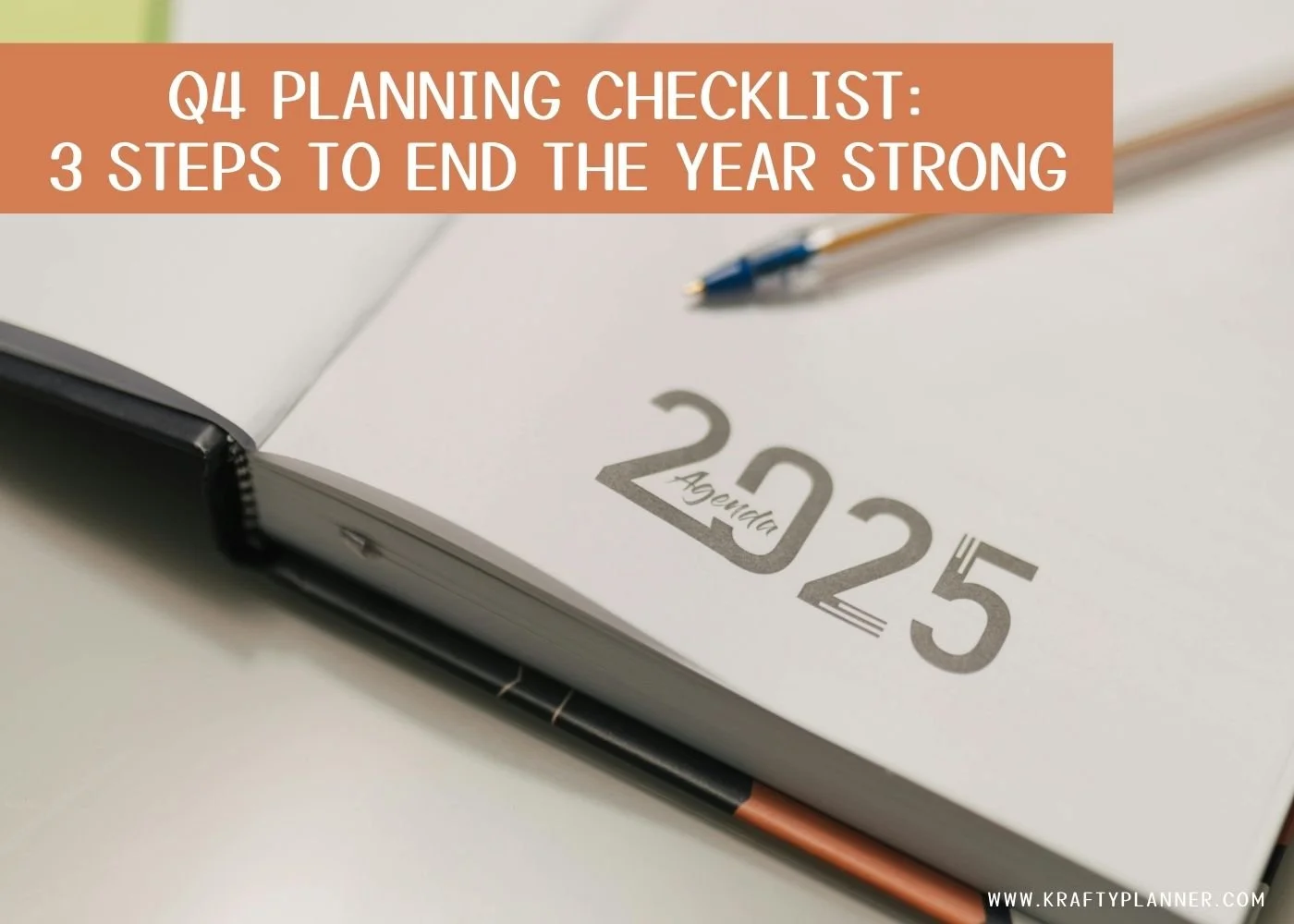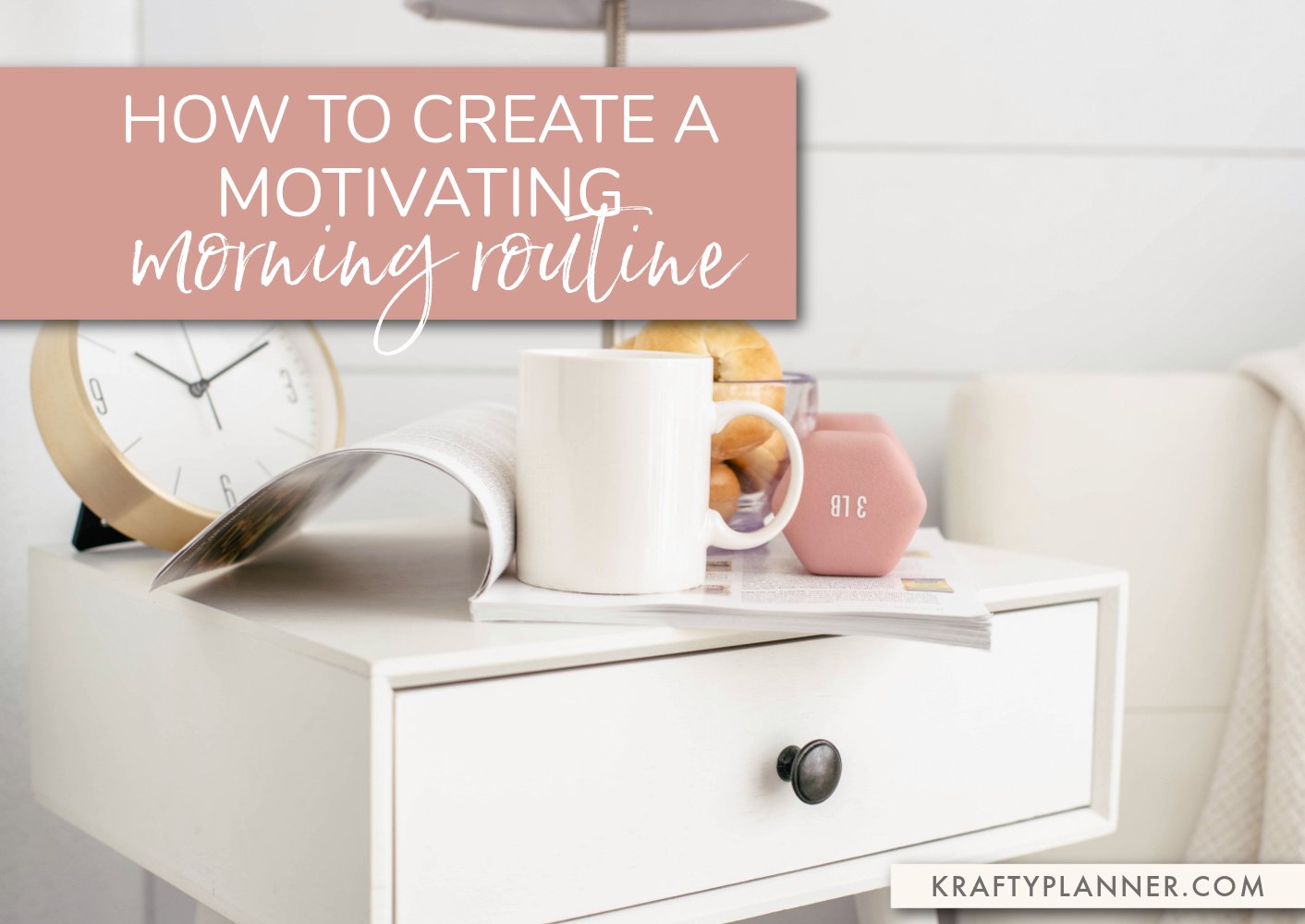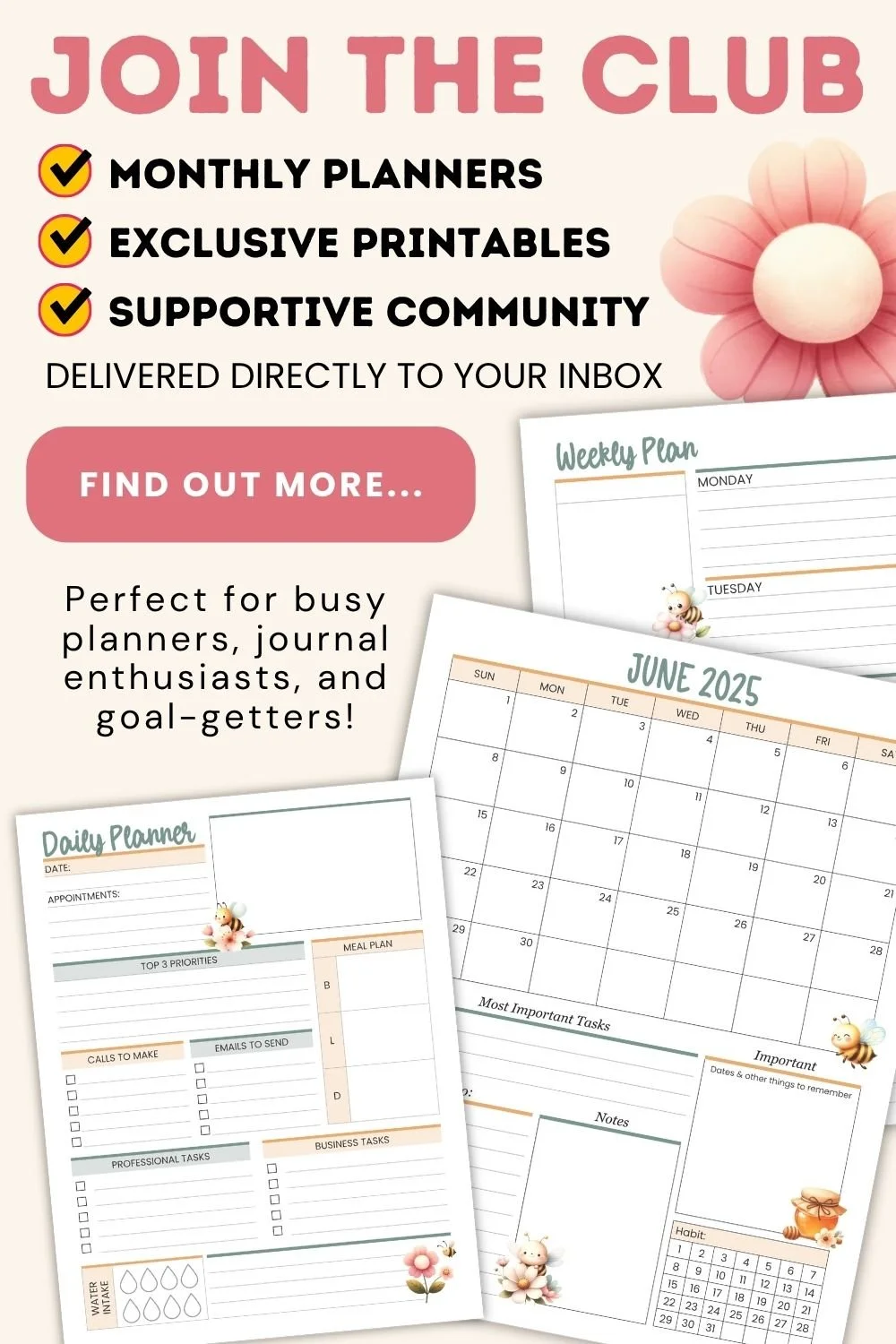How to Create a Habit of Using Your Planner
~ Originally posted February 2019 ~
A planner is a tool that helps you organize your thoughts, projects, and daily tasks. They help improve your productivity, reduce stress, and can be a powerful motivator for people who struggle with self-discipline. But only if you use it.
One of the biggest complaints I hear from many of you is that you don’t use your planner on a regular basis. I know it can be very difficult to create a habit of using, updating, and bringing your planner with you daily.
So today, I have a few tips that will make it easier for you to integrate your planner into your day-to-day life.
Choose a planner you love, that can be customized to your needs
Of course, you always want to find a planner that you will love using but it's just as important to choose one that you can customize to your individual needs.
Picking a planner that you can easily carry around with you should be a top priority. Part of using your planner consistently is having it physically with you.
There are lots of different types of planners and notebooks available to you. They can be as simple as a lined notebook or have detailed sections for your particular profession.
Take a couple of minutes to think about what you will be using your planner for. Here are a few questions to ask yourself that can help narrow down your choices.
Do I want a simple, plain notebook, or one with lots of different features and sections?
Do I want it to be dated or un-dated?
What will be the primary use of my new planner?
Do I want a planner small enough to fit in my bag or one that is large enough to handle meeting or class notes?
Whatever your needs are, make sure your planner has all the essentials you need or the ability to add them in later.
Related post: New Users Guide to Planners
Transfer any important information and events into your planner as soon as you bring your planner home
When you first purchase your new planner, you will likely have previously scheduled appointments, ongoing tasks, and random bits of information that you need to record.
Take some time to consolidate all this information into your new planner. This will allow you to plan your time more effectively from now on. Some typical things to enter in your planner include:
Important contact information for your family, friends, clients, and colleagues
Planned work or business meetings
Work and school schedules
Deadlines for projects
Medical and dental appointments
Birthdays and anniversaries
Annual and special events to remember
Related post: Planning and Scheduling Your Year
Schedule a daily planner session to help create a habit
Part of keeping up with your planner is scheduling some dedicated time each day to help fill in your tasks and events/appointments for the day.
I prefer taking a little time in the evening to plan my day ahead but you might want to schedule some time in your morning routine. It's up to you to figure out which works best for your life. You can see a complete breakdown of my planning routine here if you’re interested.
Consult your planner throughout the day
Checking your planner a couple of times throughout the day will help keep you on track to accomplish everything you have set out to do.
Check it first thing in the morning to make any adjustments and verify what you need to do for the day. Then you can go back to check things off as you complete them or wait till later and make one big update.
Be careful not to wait too long to “check-in” or you might forget something important that you were supposed to finish.
Use positive reinforcement to keep yourself motivated
Use your planner as a way of rewarding yourself for accomplishing tasks. Soon you will aim to finish tasks simply for the pleasure of crossing an item off your to-do list. Here are a few more ways to keep motivated:
Cross off all tasks and appointments as you finish them. Review your accomplishments for the day or week and reward yourself for a job well done.
Write positive things in your planner as well as your more serious responsibilities. By using your planner to remind you of your favorite activities, you will be more likely to stick to your new habit.
Use any blank spaces for journaling anything you want to remember from the day or something you’re grateful for.
Splurge on some cute extras. Whether you invest in a new fountain pen, some stickers, washi tape, or binder clips, having a few adorable extras definitely makes planning more fun.
Use the blank notes pages wisely. Most planners come with several blank note pages that you can use for whatever you wish. I suggest taking some time to brainstorm uses for those pages. You can map out your goals, store extra notes, and keep track of anything that matters to you.
Finally, be patient
New habits can sometimes take a couple of months to become fully automatic. Be patient and forgiving with yourself, the occasional slip-up will not affect your ability to form a new habit. Keep reading for 5 Top Rules for Creating New Habits Successfully.
THE ULTIMATE LIST OF PRODUCTS, APPS, TOOLS, AND RESOURCES I USE ON A DAILY BASIS
BEFORE YOU GO:
Here are a few more posts you might like:
See my Link Party Directory for a current list of blog parties I attend each week.
This post was featured at the following link parties, thank you for your support! ❤️
FOR PERSONAL USE ONLY – Please Read Freebies Terms of Use.
(This post may contain affiliate links. For more information, see my disclosures here.)
~ SHARE THIS POST ~
Did you like this post? Do you know someone else who might enjoy it? Please take a minute to share it on Pinterest, Facebook, or your favorite social media… Thank you!
